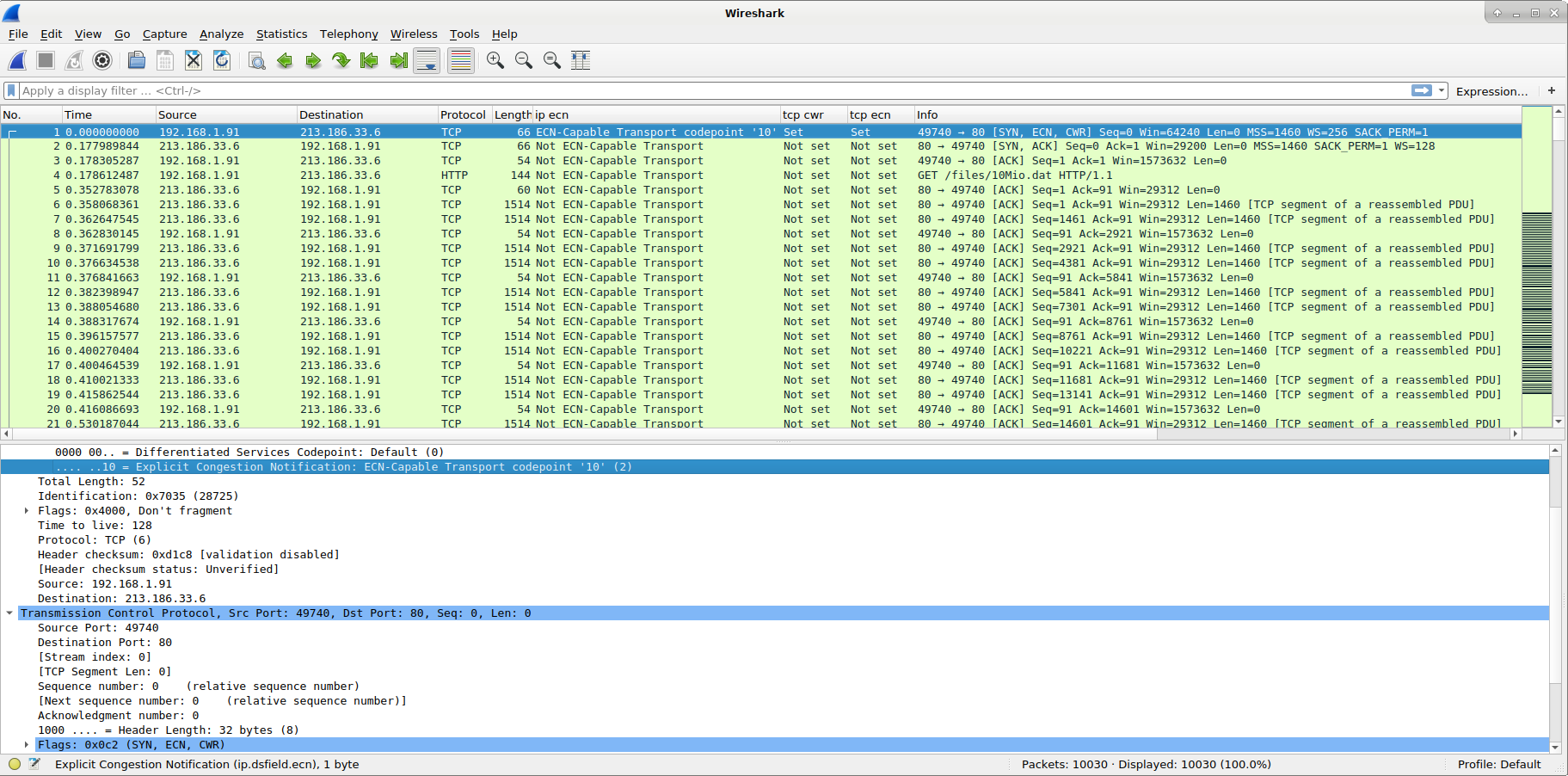

The NAT router opens a port on the hosts interface. External parties only see a single host interface.

No specific VirtualBox network interface needs to be created. The NAT router uses the hosts network interface. DHCP (Dynamic Host Configuration Protocol) requests on the interface are answered with an IP for the guest and address of the NAT router as gateway. VirtualBox makes available a virtual NAT router on a network interface for all guests using the NAT network. To access the guest from the host requires port forwarding configuration and might require an entry in the host’s hosts file for specific web interfaces.The virtual NAT router DHCP server can be configured using a CLI only.Guests can’t access each other or the host.Port mappings can be made to allow requests to the host on a specific port to be forwarded to the guest. The response is forwarded back towards the guest (a table of external port to internal IP is kept by the router). The request to the destination IP is done. The internal address is translated to the hosts IP. The DHCP server can be configured using a CLI (no GUI support).

Every guest gets his own virtual router and can’t access other guests. VirtualBox makes available a single virtual isolated NAT router on a network interface inside a guest.


 0 kommentar(er)
0 kommentar(er)
